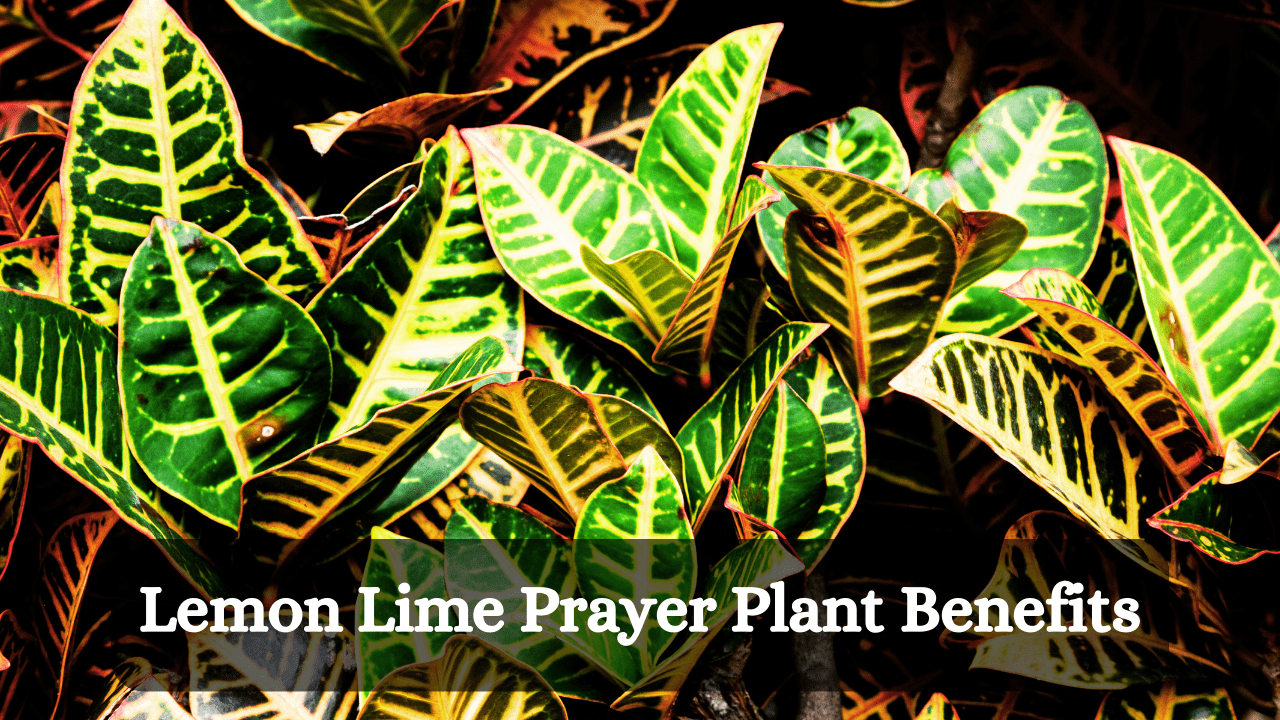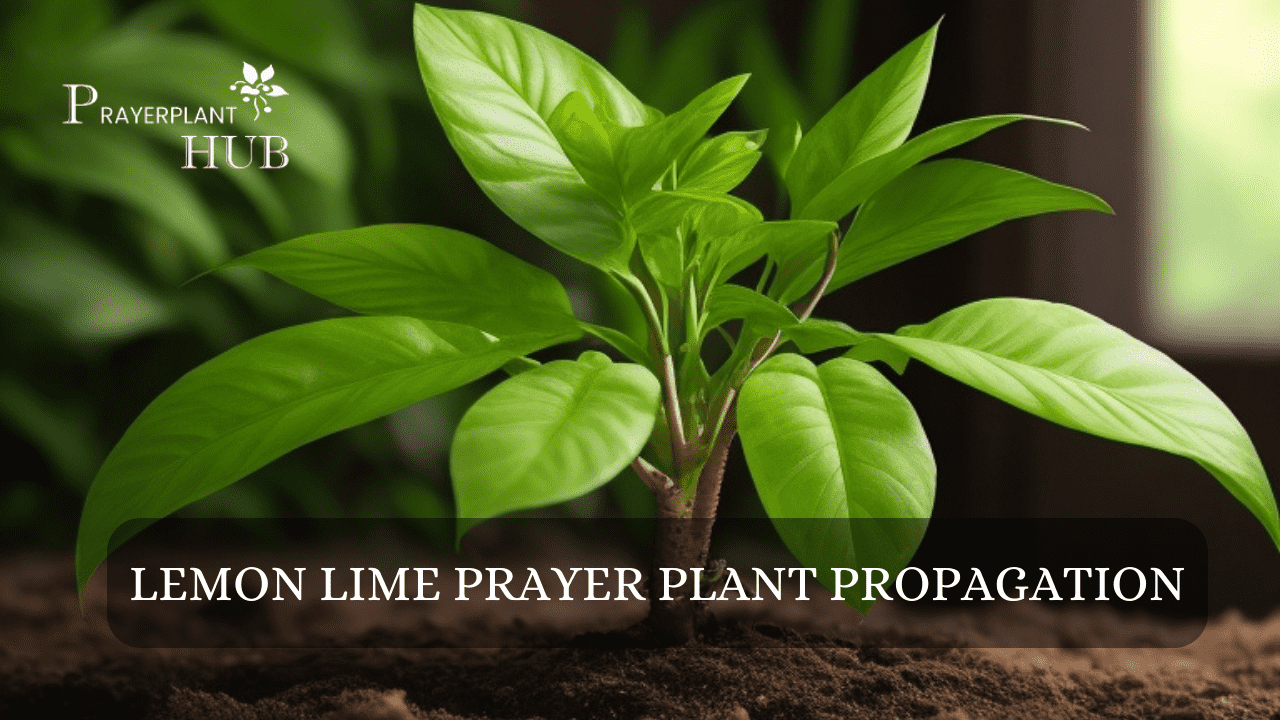Prayer plants are among the most loved and well-known tropical houseplants. They really catch your eye, especially when they curl up their leaves at night and open them again in the morning. But there’s more to Maranta plants than just their good looks. In this article, we’ll dive into 12 incredible uses and benefits of prayer plant, all supported by top research studies.
Prayer Plants Make the Air Cleaner
Did you know that plants in your home can clean the air? This was shown in a study by NASA in 1989. Prayer plants are one of these helpful plants. They work to take out bad stuff from the air, known as VOCs (volatile organic compounds).
VOCs come from everyday items like cleaners, carpets, glue, and paint. Some common ones are benzene, formaldehyde, and toluene. These can be harmful and might even increase cancer risks.
VOCs can make allergies like asthma worse, so having prayer plants might be good for your health too.
Prayer Plants Are Beautiful, Active Plants
Prayer plants are loved for their beautiful green leaves that are oval and can be as long as 5 inches. They have bright, eye-catching patterns and spots.
These plants are also really lively. They move to face the light. What’s really cool about prayer plants is how their leaves fold up at night, looking like hands in prayer. Then, in the morning, they open up again, showing off their striking leaf patterns with a gentle rustling sound.
Prayer Plants Are Compact Houseplants
Prayer plants are small and easy to manage, perfect for any room in your house. They usually grow to about 12 inches in both height and width, so they don’t take up much space.
But, to keep a prayer plant healthy and growing well, it needs the right environment. They’re not too hard to care for, but they do like warmth and a bit of humidity. Aim for temperatures between 60 and 80ºF (15.5 to 26.5ºC) and humidity around 50 to 60%. Also, use a soil mix that drains well specifically for prayer plants. And keep an eye out for bugs or diseases that can affect these plants.
Can Tolerate a Range of Light Conditions
Prayer plants are great because they can grow well in many kinds of light. They like bright, indirect sunlight for about 6 to 8 hours a day. You can use blinds or curtains to give them the right amount of light.
They can also grow in places with less light, but they can’t handle really bright sunlight. Too much direct sun can make their leaves change colour or even burn. Keep your prayer plant about 3 feet away from a window that faces east or southeast to get the best light.
Prayer Plants Symbolize Gratitude
Prayer plants have a special meaning because their leaves move like they’re praying. In many cultures, this reminds people of being thankful. Giving someone a prayer plant can be a sweet way to say thank you.
May Help Reduce Stress and Anxiety
Nowadays, lots of people are stressed. Having plants like prayer-plants in your home can help you feel calmer. A study in 2015 showed that being around houseplants can lower stress. It compared two groups of people: one working on a computer and another repotting a plant. The group with the plant felt less stressed.
Another study showed that taking care of plants can make life better. It focused on older people who started to look after a houseplant. Other research suggests that plants can be good for your heart, help relax your muscles, and even have a positive effect on your brain.
Could Help Boost Productivity and Focus
Working or studying near plants like prayer plants might help you focus better and do more. Having plants around has been linked to better concentration and productivity. This is great for both home and office spaces.
Prayer plants are great for offices, at home or at work. A study found that having plants nearby can increase how much you get done by up to 15%.
In a test, office workers in the Netherlands and the UK were watched twice – once with plants around and once without. The results? They worked better and felt less stressed with the plants.
The University of Michigan found that just looking at plant pictures can help your memory. People remembered 20% more when they saw photos of plants.
May Help Improve Our Sleep
Prayer plants in your bedroom might help you sleep better. They clean the air and positively affect sleep patterns.
In 2019, a Chinese study with astronauts found that seeing or smelling plants improved sleep. The astronauts also managed their stress better when plants were around.
Have Feng Shui Benefits
Prayer plants have a special role in Feng Shui, a way of arranging your home to create a balanced and positive environment. They’re linked to the Wood element, which is all about creativity, emotional support, luck, growth, wealth, and starting fresh. If you follow the Bagua map in Feng Shui, placing prayer-plants in certain areas can improve your life.
According to this map, the Wood element is strongest in the east and southeast parts of your home. These areas are connected to family life and wealth. Since Wood also means growth and creativity, prayer plants are great for your home office.
For more tips on where to put Prayer Plants in your home for the best care and Feng Shui, check out our detailed guide.
Non-Toxicity to Humans and Pets
If you have pets or kids, you need to be careful with houseplants, as some can be harmful. But the good news is prayer plants are safe. The American Society for the Prevention of Cruelty to Animals (ASPCA) says they’re non-toxic for both cats and dogs.
They’re also safe for children. Just remember, even though they’re not poisonous, prayer plants might still upset your stomach a little if you eat them. So, it’s best to keep them out of reach.o of children and pets.
Prayer Plants Can Act As Natural Soundproofing
Prayer plants can also help reduce noise in your home, acting like a natural sound barrier. This makes them great for quiet spaces or if you live in a noisy area.
Do loud noises around you make it hard to focus? Prayer plants and other houseplants might help. They can soak up or soften sound waves with their leaves or stems. This can make the area quieter, but you’ll need a lot of plants for a big effect.
A study in Korea found that plants are even better at this than some paper-based soundproofing materials. So, filling your space with prayer plants could be a smart way to cut down on noise.
Prayer Plants Can Increase Humidity
Just like us, prayer plants need a certain amount of moisture in the air. They like it to be between 50 to 60% humid. The National Asthma Council in Australia says people need the air to be 30 to 50% humid for good health.
If the air is too dry, you might get dry skin, eczema, or breathing problems like asthma. Luckily, prayer plants can help by releasing water through their leaves, which adds moisture to the air. Also, if you use humidifiers for your prayer-plants, you’re helping to keep the whole room more humid.
Wrapping Up the Benefits of Prayer Plants
Prayer plants offer many great benefits. They clean the air, help reduce stress, and might even make you more productive and focused, especially if you have them in your home office. These plants are not only easy to care for but also add a beautiful, lively touch of colour to your space.
You might like
Indoor gardening is made easy with the Lemon Lime Prayer Plant (Maranta leuconeura). Its vibrant leaves and low maintenance make it a …
Introduction Lemon Lime Prayer Plants, also known as Maranta Lemon Lime, are beautiful indoor plants famous for their vibrant leaves. But did …
Prayer plants are among the most loved and well-known tropical houseplants. They really catch your eye, especially when they curl up their …



